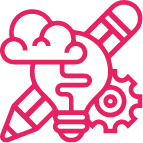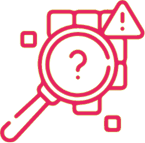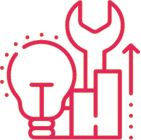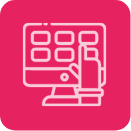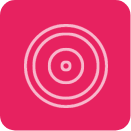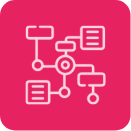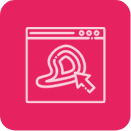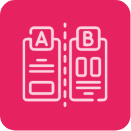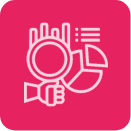USER EXPERIENCE
UX Research
UX Research, or user experience research, is a discipline within the field of UX design that focuses on thoroughly understanding the needs, behaviors and experiences of users in relation to a product or service. The primary goal of UX research is to improve the usability, satisfaction, and effectiveness of a product by providing valuable information about how users interact with it.
It is a flexible, non-linear process in which a variety of methods and techniques are carried out to collect qualitative and quantitative data on the user experience that may include interviews, usability tests, surveys, data analysis, testing. , user observation, among others.
¿What are the benefits of UX Research?
User experience research offers a number of significant benefits that contribute to the success and effectiveness of a product or service. Some of the reasons why it is beneficial to perform UX research include:
User understanding
and prioritization
Research helps understand users' needs, goals, and challenges, allowing designers to create products that better meet those needs.
Validation of
design decisions
Objective data is obtained that supports or refutes design decisions, helping to validate proposed solutions, iterate them and monitor them.
Identification of
usability problems
Research helps identify obstacles and problems that users may face when interacting with a product, allowing improvements and optimizations to be made.
Long-term
cost reduction
Addressing usability issues and improving the user experience early on can help prevent costly redesigns, rework, or fixes after release.
Adaptation to
market changes
It allows organizations to remain agile and adapt to changes in user preferences or market status, ensuring that the product remains relevant over time.
Long-term focus
on improvement
Continuous user feedback through research allows for continuous adjustments and improvements throughout the entire product lifecycle, even after it is released.
¿When is UX Research convenient?
UX research is an activity that can be carried out at various stages of the life cycle of a product or service, being valid at different key moments:
1. Before starting the design:
To understand the needs, expectations and behaviors of users. This provides a solid foundation for the design and helps ensure that the product is aligned with the true needs of users.
2. During the design phase:
As prototypes are developed and design decisions are made, UX research can help validate those decisions and ensure they are consistent with user preferences and understanding.
3. After launch:
To collect real user feedback and evaluate effectiveness
design. This allows for continuous adjustments and improvements in response to user feedback and changes in the project's market environment.
4. When usability problems are identified:
If usability issues arise or user complaints are received, UX research can help identify and understand those specific issues. This allows design teams to address problems effectively and improve the user experience.
5. When developing new features or updates:
If new features are being developed or major updates are planned, UX research can provide valuable insights into how users will interact with these additions and what impact they will have on the overall user experience.
What is the research process like?
UX research typically follows a structured process that can vary depending on the methodology and specific needs of the project. These steps are not always followed linearly and may overlap or repeat depending on the needs of the project. Additionally, UX research is an iterative process where multiple rounds of research can be conducted to continually improve the user experience:
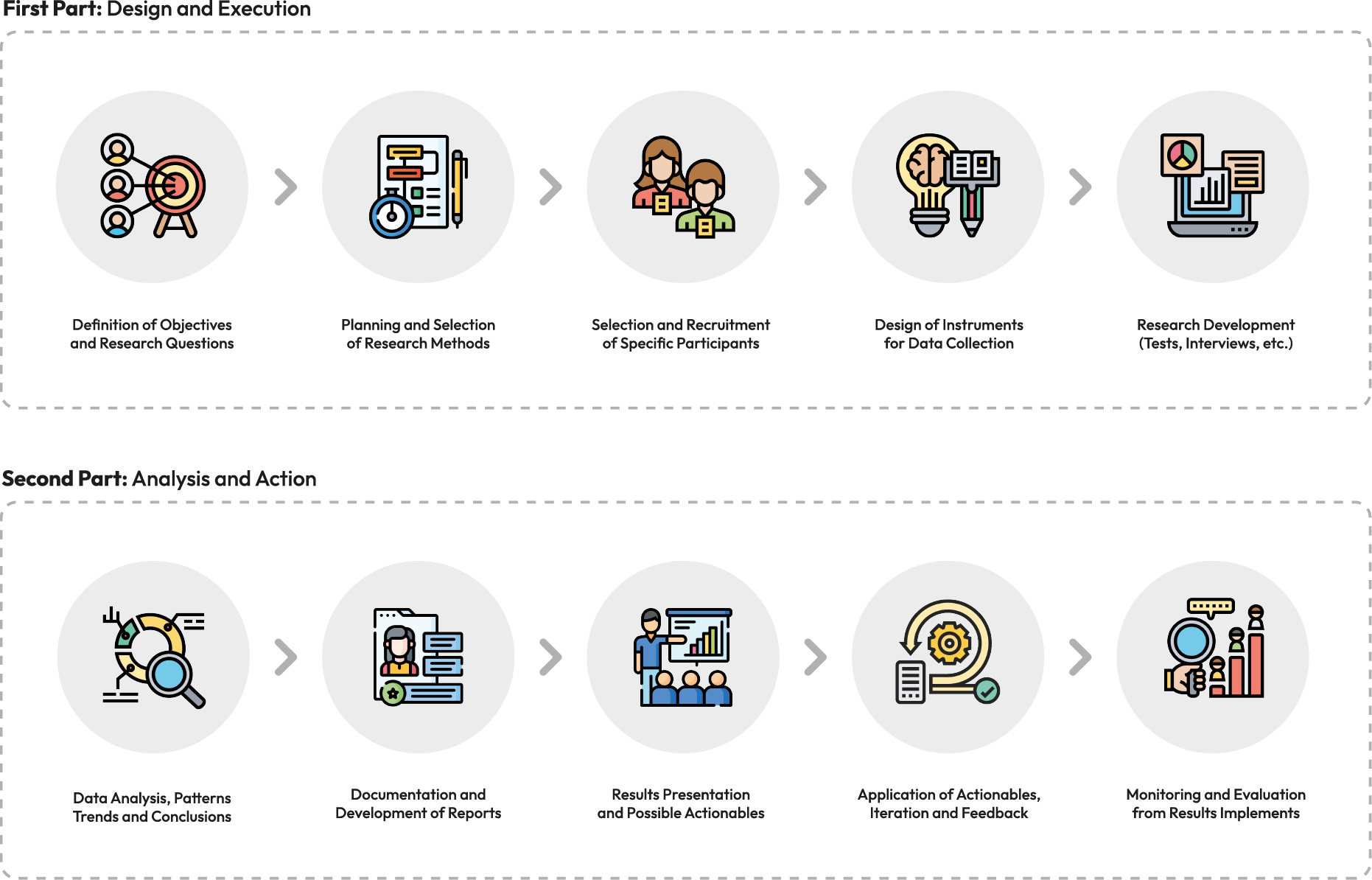
The first part focuses on the creation of a detailed research plan based on the objectives pursued, the identification and recruitment of participants who represent the target users, and the collection of data through the instruments that have been chosen and/or designed for this purpose. On the other hand, in a second part the collected data is organized and analyzed, patterns, trends and emerging themes are identified and conclusions and insights are drawn. Reports are created, presented and socialized, and work is done with the team on the implementation of the extracted actionables and their monitoring.
The UX Research environment at Midas
User experience research is an intrinsic part of key Midas processes such as Discovery & Design, consulting, support, among others, targeting different points in the life cycle of a product or service, from preconception to post-conception. implementation. Some notable deliverables that may be part of the work depending on the approach may be:
User Persona
Card Sorting
Surveys
Ecosystem Map
User Flows
Usability Testing
Journey Map
Tree Testing
Heatmaps
A/B Testing
Benchmarking
Heuristic Test
In Conclusion
At Midas we understand user experience research as an essential component for the successful development of products and services that truly meet the needs of our customers and users.
By providing valuable data for design decision making, validation of proposed solutions, and proactive identification of usability issues, this approach not only contributes to continuous improvement of the user experience, but also optimizes effectiveness and relevance. of products in a constantly changing business environment.

